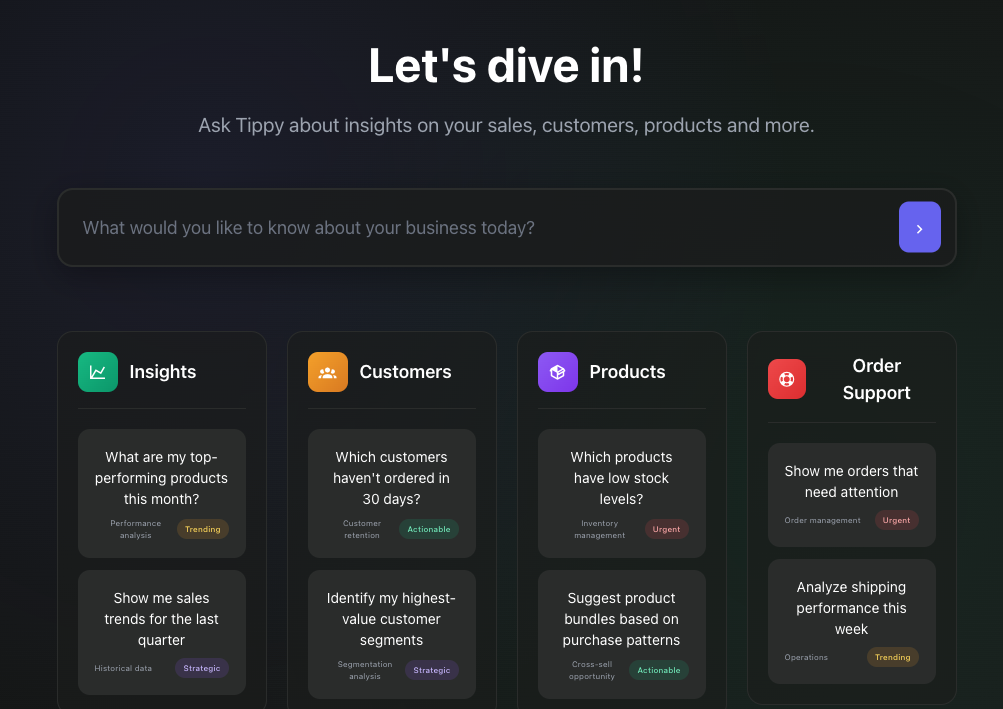Grow your business with B2B order management

Are you looking for the best way to satisfy your B2B customers? Have you heard of B2B order management, but are unsure how to step up your existing processes?
Then this article can be the answer to most of your challenges!
What is B2B order management?
B2B order management is the cloud phrase for all the activities involved around your business customers’ orders. This phrase includes all administrative tasks, communication, documentation of orders and surrounding processes.
There are common steps, we can find in every order management as registering the order, order confirmation, product allocation, packaging, shipping, and order delivery. Additional common steps are: order tracking, return, exchange or refund management.
These steps involve many tasks and responsibilities on their own, including most departments of an organisation. Therefore, B2B order management is one of the most complex business processes for most wholesalers and manufacturers. Thus, depending on the business model, these steps can differ from company to company.
Why is B2B order management important?
In some of our previous posts, we already elaborated that B2B shopping behaviour is becoming digital.
Nowadays, using a B2B eCommerce platform for product distribution is normal. B2B buyers expect the same or similar shopping experience that B2C customers already enjoy. It is all about efficiency, meeting customer needs and living up to the promised services.
Although, the omnichannel-based buyer journey is not making it any easier for wholesalers and manufacturers to deliver on what they promised. Nevertheless, one thing remains the same; satisfied customers are more loyal. Hence, companies need to optimise their B2B order management.

B2B order management challenges
Global supply chain
Global supply chain management, third-party logistics (3PL), and shipping companies allow manufacturers to have B2B customers worldwide.
There are many challenges a wholesaler must think through before starting a business with a customer across the globe. That is when 3PL comes into the picture and can stabilise inventory, regular shipments, and product returns.
The increasing popularity of B2B eCommerce platforms and dropshipping allow a smooth and effortless ordering and shipping experience for the B2B buyer, but not so much for the B2B seller. Due to the number of external factors, it becomes challenging for manufacturers and wholesalers to control their customers’ satisfaction.
On the other hand, introducing these options will give great advantages to data-driven and digitalized organizations.
Electronic Data Interchange (EID)
In a nutshell, electronic data interchange (EID) allows businesses to exchange documents in a digital format like purchase orders. Sending files this way can cause challenges for B2B businesses, as endless documents are going through their systems daily.
While eliminating paper and postal services is very good for the environment, it requires a compatible system that can record and handle all the paperwork.
B2B order complexity
B2B orders are usually made in bulk for larger amounts of products in wider volumes, which means that they are also more expensive than general B2C orders. Even if this is one of the benefits of selling B2B, it is also why mistakes in B2B order management do have a higher stake. The volume of the orders makes the buying cycle longer, including multiple decision-makers through multiple channels. These long-term relationships are worth nurturing, and the best way to keep a customer is to make them happy.
B2B buyers have high expectations
Customers tend to have higher expectations when it comes to B2B order management because of the complexity of the B2B orders and the B2B seller-buyer relationship. Since B2B buyers are likely sellers, they know what it takes to serve customers and provide an outstanding experience. The majority of B2B decision-makers are millennials, which explains why technology and digitalisation are requested. Thus, dynamic pricing and meeting custom demands are not enough to keep customers. Including smooth reordering, backordering features and a wide range of payment methods like SEPA are all important aspects.

Omnichannel order management
A must-to-have of all B2B order management systems is to be able to register orders from multiple platforms. By doing so, customers can place orders from your website, your eCommerce platform, or simultaneously you can record orders manually for them from emails, EDIs and phone calls. An omnichannel system also allows buyers to start ordering offline and finish online, or vice versa.
Your order management system should capture orders for all types of customers and customer representatives you have, including not only B2B and B2C buyers but sales agents and retailers as well.
.
Flexibility in custom features
The whole point of applying software is to provide flexibility to your customers, but doing that should allow you to remain flexible regardless of the features and functionalities you need. Some popular features include live-inventory monitoring, automated supplier fulfillment rules, and tracking not only orders but customer behavior and product efficiency.
There are other back-office tasks you can optimize with the right B2B order management system. Most importantly, ERP (enterprise resource planning) systems must sync in. Furthermore, payments and taxes are usually supported, but better to double-check which features will meet your needs.
In general, your aim should be that distribution of products and information flow seamlessly.


Go paperless
Most systems are cloud-based, so you can say goodbye to most of the physical paperwork. No more documents and copies are sent by postal mail. In general, this saves a lot of paper and energy, but it is also more cost-efficient. Whatever is online is also most accessible and empowers you to analyse business processes better.
You can even try to use this in your branding, although you shouldn’t claim false sustainability.
Speed up processes
If we think about it, only the elimination of all that paper speeds things up. However, that is not the main reason why things will start happening much faster once you use a B2B order management system. The time you win on communication with potential and existing customers will force you to restructure your company structure. And that is why you should invest in a system. So you can receive orders 24/7.

Available B2B ordering management solutions
Stand-alone order management software
Most B2B businesses start off with the combination of standalone order management software (OMS). At the stage where most activities are still forming, the company didn’t build core activities yet. It can be nice to try multiple setups and OMS to see what practice fits the best in your team.
For example, an OMS would be able to connect order data, include inventory management and track functionalities across channels. An OMS are handy when you use separate tools for the different tasks, like a standalone accounting, shipping, CRM and ordering platform.
These types of OMS have limitations around integrations, and transferring data across departments can take longer.
Enterprise Resource Planning (ERP)
We mentioned ERP systems briefly before. Setting up your own ERP will take some time, but once all the data entries are connected, you can automate financial, payment, inventory, and order management. The downside of ERP systems is that they are general solutions, including features you might not need and lacking ones that could benefit you. The complexity of these systems makes it also difficult to master their usage.
Retail and B2B operations platforms
Last but not least, there is also an all-in-one solution B2B businesses can choose to navigate their B2B order management. The combination of the previous two methods includes all the needed features and functionalities to manage any challenges a B2B business could come across. These platforms go beyond order management automation for supplier, warehouse and purchasing management, logistics and communication. The main advantage of these solutions is that they are directly developed for different types of B2B businesses. Although, some integration will still require a traditional ERP system to run.
Final thoughts
Meeting your B2B customers’ expectations has never been easy, but with today’s trends of hybrid shopping and omnichannel ordering, it is a real challenge. B2B buyers must keep up with the changing trends and digitalise their processes in order to stay in business. B2B order management is all about connecting the different stages of the ordering cycle. By doing so, you can unleash endless automation and provide a better shopping experience, while your team will thank you for the optimisations as well. Digitalisation and order management start with offering a proper shopping platform for your customers where they can find all your products, having a B2B eCommerce platform is probably the best way to do so.
Launching Your First B2B Store?
Let us launch your B2B store with us today and boost your sales – no coding needed, just expert guidance with our People-to-People support every step of the way.
Book personal demo


